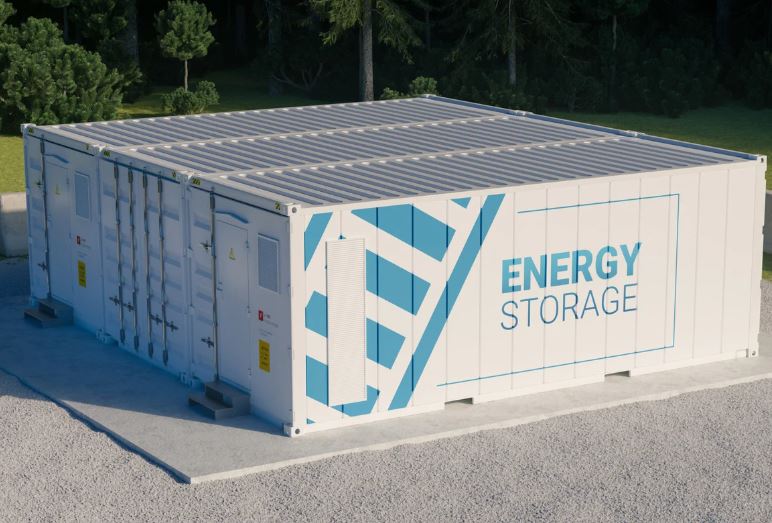As New York races to meet its 2030 goal of six gigawatts of battery storage capacity, opposition to siting lithium-ion facilities in residential and commercial districts is intensifying. EPA Administrator Lee Zeldin has stepped into the debate, voicing concern over the risks posed by battery energy storage systems (BESS) in densely populated areas and pledging new federal safety guidance tailored for municipalities on Long Island.
The tension between climate-driven energy targets and local safety concerns is growing sharper. New York has already connected more than 6,000 storage projects to the grid since 2019, adding roughly 440 megawatts of capacity, while a further 1.3 gigawatts are in development. Yet residents in New York City and Long Island cite high-profile lithium battery fires at facilities across the United States as evidence that the state’s rapid deployment strategy is outpacing public safety frameworks.
Zeldin, a former Republican gubernatorial candidate, framed the issue as one of political priorities. He argued that “the safety and well-being of New Yorkers” is being subordinated to climate mandates, pointing to what he called the “partisan push” behind the six-gigawatt target. His remarks resonate with community groups that have organized to halt projects in their neighborhoods, particularly in Long Island, where local fire departments have publicly acknowledged the difficulties of suppressing lithium-ion fires.
The EPA’s intervention signals a new layer of federal involvement. According to the agency, it is the only federal body with standardized procedures for deactivating and disposing of lithium batteries after incidents. Through responses to major accidents nationwide, the EPA has developed specialized fire suppression and disposal protocols. Its forthcoming BESS guidance—billed as the first comprehensive federal resource covering siting, operations, and emergency response—may become a reference point for states attempting to balance climate ambitions with urban safety.
The policy debate comes as storage technology itself faces scrutiny. While BESS units enable grid operators to absorb excess solar and wind power, then discharge it during peak demand or outages, their deployment near homes and businesses raises questions about risk tolerance. Lithium-ion technology remains the dominant option due to its efficiency and falling costs, but safety failures—from thermal runaway to toxic smoke release—continue to undermine public acceptance.
Stay updated on the latest in energy! Follow us on LinkedIn, Facebook, and X for real-time news and insights. Don’t miss out on exclusive interviews and webinars—subscribe to our YouTube channel today! Join our community and be part of the conversation shaping the future of energy.
